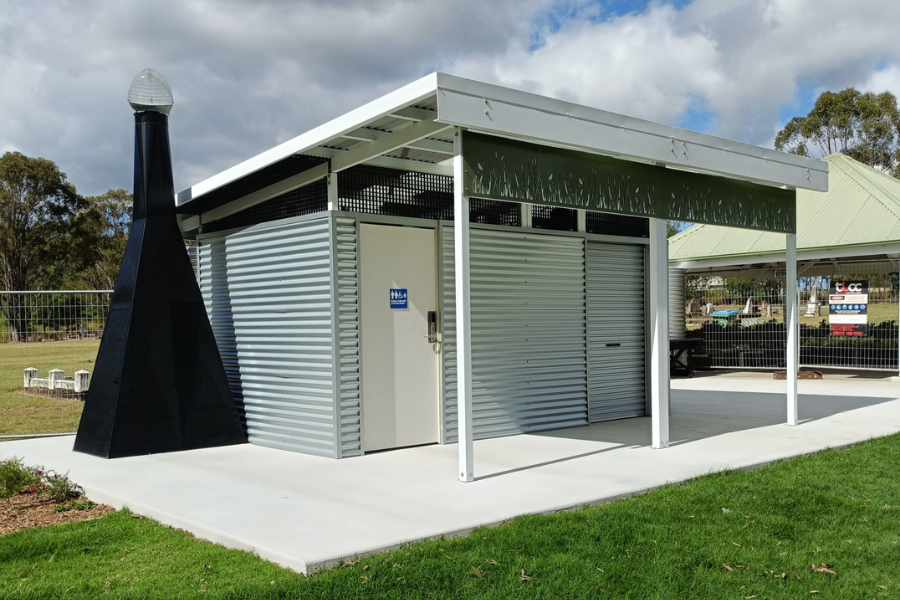
Aotearoa throws plenty at public infrastructure—salt-laden coastal air, high UV, sudden downpours, alpine cold, and long stretches with no on-site staff. Toilet buildings that sit exposed or unmonitored must be tough, easy to clean, and quick to bring back online after heavy use. That’s where modular packages earn their keep: predictable quality, shorter timelines, and simpler ownership from day one.
Traditional projects juggle separate suppliers for the shell, plumbing, electrical, ramps, and fit-out—every extra interface adds time, cost, and risk. A coordinated modular package (structure, finishes, accessibility, and services options specified together) gives councils and operators one point of accountability and a repeatable delivery pathway. Fewer moving parts, fewer surprises, faster opening.
Materials matter in our climate. Fibre-reinforced polymer (FRP) panels and coated steel structures resist corrosion, don’t swell or rot, and tolerate high UV. Smooth, wipe-clean interiors and vandal-resistant hardware keep OPEX in check. Optional anti-graffiti finishes and CPTED-aligned layouts (clear sightlines, even lighting, obvious entries) support safer use and easier management.
Not every site has town water, sewer, or mains power. Modular buildings can be specified for:
This flexibility suits cycle-trail trailheads, boat-ramp reserves, rural town centres, park-and-ride hubs, and DOC-adjacent car parks with seasonal peaks or limited services.
Start with a single or twin cubicle (ambulant or fully accessible per NZS 4121:2001), then extend with extra cubicles, storerooms, showers, or changing benches as demand grows—without starting again. Standardisation protects CAPEX and makes maintenance simpler across a network of sites.
With the base ready, on-site assembly and commissioning are usually completed in days, limiting disruption around busy community spaces.
We provide NZ-specific layouts, specifications, and budgets matched to your site, services, and schedule. Contact WCTNZ® for design and pricing.